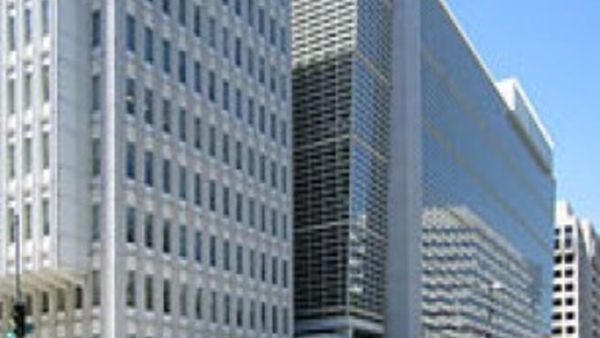Lebanon’s GDP is expected to grow at 1.4 percent in 2013 in the face of mostly poor economic indicators, according to a report by global bank HSBC.
“The Lebanese economy looks to have entered its third consecutive year of weak economic growth, with all of the available data pointing to poor domestic demand and still subdued services exports,” said the report, which was published last week.
The report downgrades forecasts for Lebanon from 2 and 2.4 percent in 2013 and 2014, respectively, to 1.4 percent for both years.
The Lebanese economy continues to demonstrate resiliency, it added, but warned that any additional spillover from the Syrian conflict would cancel out any strengths.
“Domestic sectarian tensions have tended to be confined to the northern city of Tripoli thus far, but any sign that these are deepening, or spreading outside of the city, would weaken the structural supports which have kept the economy afloat thus far.”
Other indicators are no brighter for the country, with net investments forecast at 0 percent of GDP in 2013, the second-lowest in the MENA region after Egypt’s negative 4 percent.
Consumer Price Index inflation is forecast at 6 percent, among the highest in the Arab region and only lower than rates in Algeria and Egypt.
Other MENA non-oil states also face domestic political stresses and poor growth prospects, the report said, adding that oil-producing countries would grow by more than previously expected in the coming years.
“The story we find ourselves telling this quarter is simple: For the oil states, life is good. For the non-oil countries we cover, though, the difference could not be starker,” the report says.
The Saudi, Qatari and Kuwaiti economies are forecast to expand 4.8 percent, 6.5 percent, and 4.4 percent, respectively, with all forecasts upgraded from HSBC’s previous report.
In contrast, Egypt and Jordan will grow 1.4 and 2.3 percent respectively, downgraded from last quarter, the HSBC report said.
“While Saudi Arabia adds $1 billion a week in savings, Egypt is now counting its remaining wheat stocks,” the report said, highlighting the widening economic gap between the two regional groups.
Weak demand from the eurozone has immensely hurt exports and tourism in North African countries, while the conflict in Syria wreaked havoc on the Jordanian and Lebanese economies, the report said.
“Though they look set to weather the storm, the fortunes of Jordan and Lebanon will likely remain beyond their own control, tied to developments in neighboring Syria,” it added.
Talking to reporters before his departure to Geneva Tuesday, Lebanon’s Central Bank Governor Riad Salameh said there was still steady growth in the Lebanese banking sector, pointing out its stability in spite of regional challenges.
“Apart from the oil-producing countries, Lebanon was the only country in the region which was not affected by the financial crisis that has [gripped] the world since 2008,” he said.
“Lebanon is quite capable of financing its needs both in the public and private sectors.”
Salameh echoed some of the strength points highlighted in the HSBC report:
“Lebanon is the only [Arab oil importer] state not to have approached the IMF [International Monetary Fund] in the last two years, and the only state to have increased FX [Foreign-exchange] reserves since the Arab Spring.”








